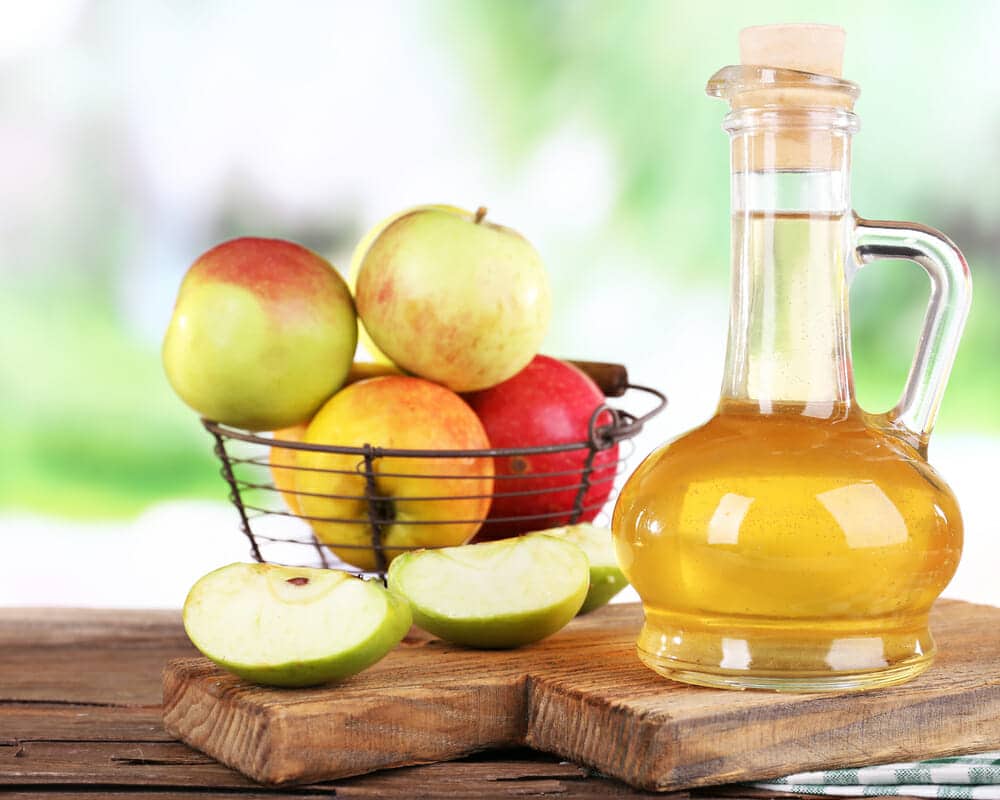Finding the contents of your fridge all furry after a weekend away is gross and most of us just dump everything and drench the fridge with cleaners. But, not all moldy foods are bad. Knowing which is which can make the difference between getting sick and staying safe.
Moldy and yummy
Molds are tiny fungi that grow on plants and animals. There are virtually thousands of different kinds. They love humid, warm environment and spread by air, water or bugs. Some molds are harmful and cause allergic reaction in some people. Some produce toxins called mycotoxins that can be deadly. Others make some cheeses taste delicious and cost a fortune.
The cheeses with blue veins such as Roquefort, Stilton and Gorgonzola are made by being exposed to mold penicillium roqueforti spores. Cheeses like Brie and Camembert have white molds on their ” Ëœskin” â„¢ Some salamis, especially those coming from Europe, also have mold on their surface and that mold gives them the specific flavor we love. Those kinds of molds are edible and will not harm you.
Some hard vegetables such as cabbage, carrots and bell peppers can still be used if found moldy. Just cut off the bad parts, but be careful not to contaminate the knife. Spores spread very easily.
Moldy cheeses and salamis can also be infected by harmful molds, so watch for other colors of mold that will show you that they are past their prime.
Foods and Mycotoxins
Some molds produce mycotoxins, poisons that can be very harmful to animals and humans. Be very careful with mold found on grape juice, apples, celery and all sorts of jams. The United Nations believe that about quarter of food crops in the world are infected with mycotoxins. There are no effective treatments for mycotoxin poisoning.
The symptoms of mycotoxin poisoning depend on the type of fungi and the health and sensitivity of the affected person. They resemble many other diseases and are very difficult to diagnose: headaches, chills, nausea, congestion, skin rash, fatigue, blood in feces and urine, difficulty breathing and many others. If you feel any or few of those symptoms and you know that you have eaten some furry leftovers, go see your doctor.
Aflatoxin is the best known mycotoxin and is cancer-causing. It is produced by many fungi found on field produce such as corn and peanuts. Aflatoxin can be found in the milk as well, if the animals have been eating contaminated feed. Aflatoxin poisoning is a huge problem in developing countries where food storage is problematic.
Aflatoxin and other mycotoxin poisoning can be dangerous, especially for people who are immuno-suppressed or prone to allergies. Except few cheeses and salamis mentioned earlier, any other foods you find with mold on it should be thrown away. Don”t try to scrape the mold off soft cheeses, yogurt, jams, peanut butter, breads and leftovers – the mold roots have penetrated the food all the way inside.






